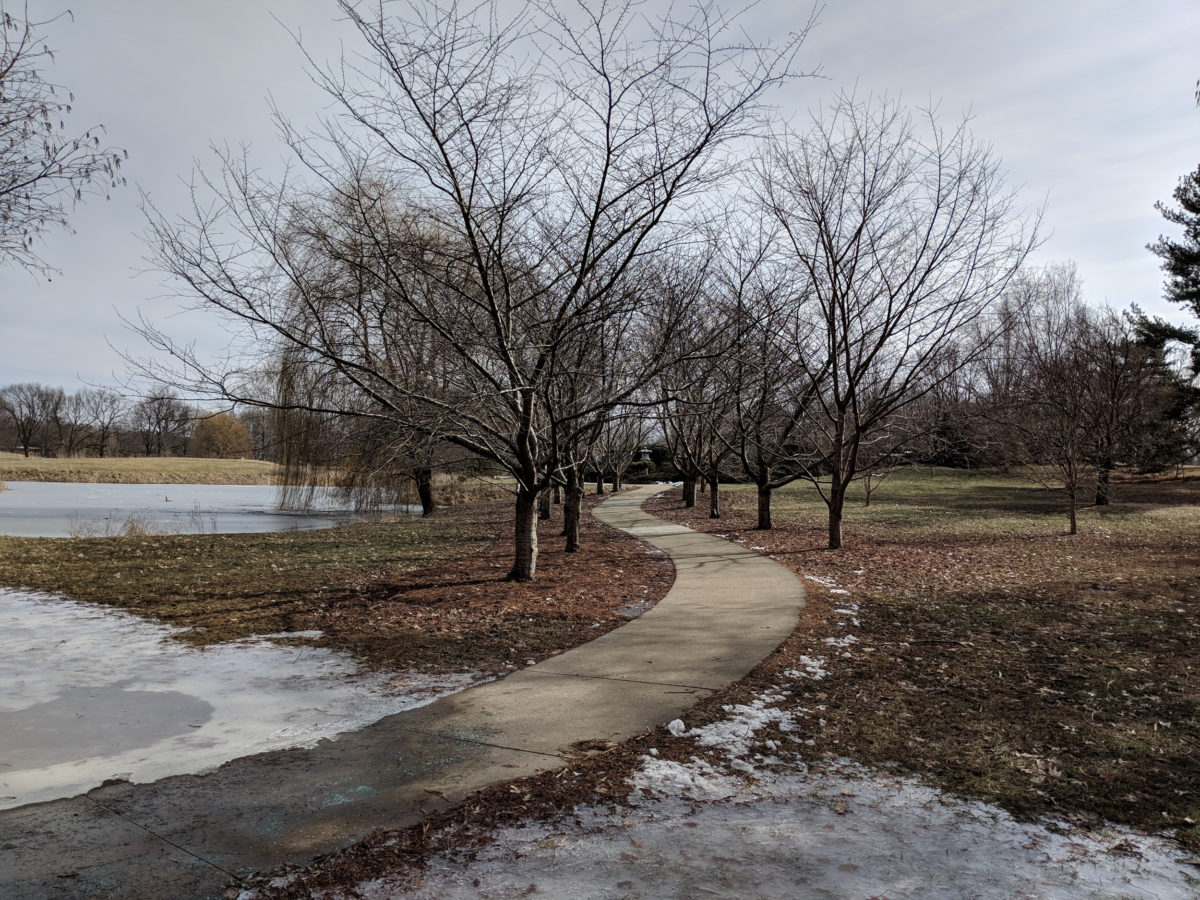I’d like an app that could take my various social media feeds, the RSS feeds I used to follow (until my feed reader broke), and the various news sources that I subscribe to, and find all the articles that I really want to read, and present them to me in a useful order.
Of course it needs to do a lot more than that. It should watch me read them, pay attention to which posts I linger on, which ones I follow internal links in, etc., and try to learn what I actually want to read. (And then give me more of that stuff in the future.)
It would also be nice if it noticed when I read something by a new person I don’t follow (because it was boosted by someone I do follow), and consider following that person as well.
And by “in a useful order,” I mean the AI should understand which articles are full of background information versus covering the latest breaking news, and present the background information first—unless it’s background information that I already know. In that latter case, it should just offer a link to the background information, in case I feel like I need a refresher. It should also present the information grouped by topic (so, news first, then economics/business news, then science news, then the very narrow sorts of cultural news that I want to read).



